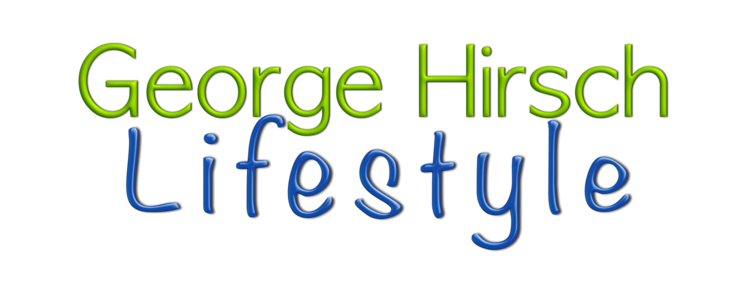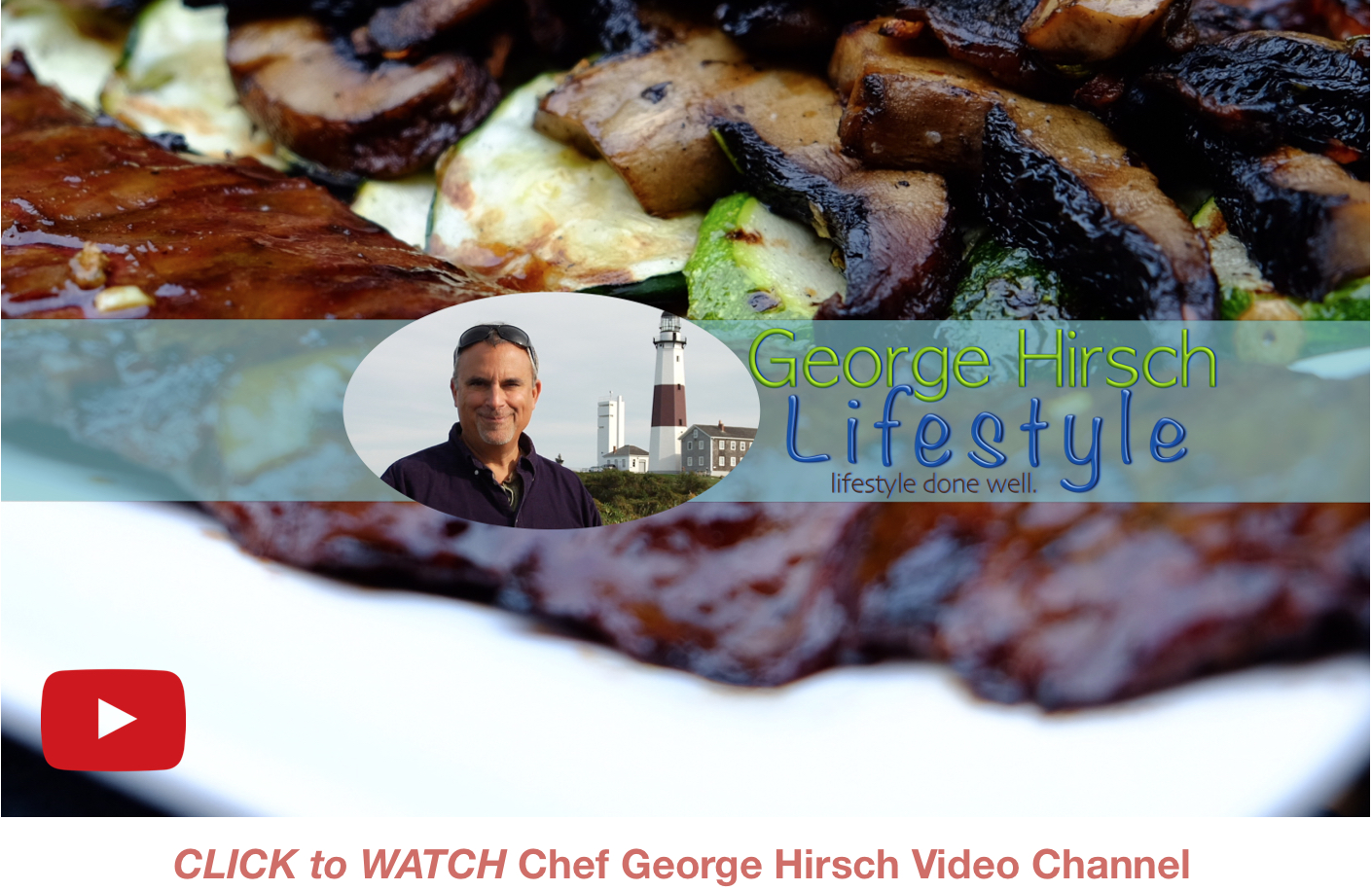Contrary to what you might believe, the tart quiche originated on German soil, not French. The widely popular classic of French cuisine hails from an area of the medieval German kingdom, Lothringen, aka Lorraine, France.
Years ago, the pie was made with just eggs, cream, smoked bacon, and bread dough. The word Küche or Küchen is German for cake, believed to be the origin of the word Quiche.
Keep in mind that the Lorraine region influences Germany and France, so depending on who you ask or sample your Quiche from, you may receive a slight variation of the recipe. Today, a Quiche Lorraine is expected to contain cheese and onions. The use of Gruyère cheese is a relatively new addition to quiche in France. Oh, and don't expect to taste any Gruyère in your quiche in Lorraine; they are purists - sans the cheese. Too bad, it's a magnificent modification to the French recipe. In Germany, expect onions and no cheese, and it's called Zwiebelkuchen.
I find it interesting to know a dish's classical origin, but what is more important when making a quiche or any dish is what influences its taste and texture. So, for me, the appeal is not to stick to its classical roots but to see how the melding of cultures and the additions of flavorful savory ingredients, in this case, like onions and cheese, have improved this dish.
As for Real Men Don’t Eat Quiche, Bruce Feirstein's best-selling book that satirized stereotypes of masculinity, I can assure you, based on all the quiches I have made, that real men DO eat Quiche!
Tips:
Add 1 Tablespoon of flour mixed into the filling before adding the egg/ milk mixture to help set a too-moist filling, for example, tomatoes, mushrooms, etc.
To prevent a raw bottom of quiche, pre-bake pastry dough Blind (8-12 minutes with no color) before filling.
Bake directly on an oven rack. Baking quiche on a cookie or sheet pan will cause the tart or pie bottom to be raw.
Feel free to improvise with flavors, seasonings, vegetables, meats, and seafood. Just keep in mind that adding very moist fillings, such as mushrooms, tomatoes, etc., will affect the custard of eggs and milk or cream.
Better than Quiche Lorraine Recipe
Makes one 9-inch tart
chefgeorgehirsch.com | George Hirsch Lifestyle
For George's Pastry Crust:
*George’s Favorite Pie Crust
Makes 1 pie or 2 bottom crusts
1/2 cup butter
1 1/2 cups all-purpose flour
1/2 teaspoon salt
1 teaspoon sugar
1 teaspoon baking powder
1/2 cup cold milk
Chill the butter and milk before you begin. Chilling keeps the pie crust flaky and prevents the fat pieces from melting into the flour and becoming tough.
Next, mix the flour, salt, sugar, and baking powder. Cut the chilled butter into the dry mixture using a pastry cutter or pinch the fat into the mixture with your hands. The mixture should have fat lumps no larger than the size of raisins. If making pie crust in the summertime, cool off the flour by measuring it and refrigerate one hour before making the dough.
Pour in the chilled liquid just until the milk is absorbed, mixing gently with a fork. You should be able to gently press the dough into a ball. Mix the dough as little as possible: you don't want to cream the butter's lumps into the flour. A crust without lumps of butter will be dense, not flaky. Note that humidity will affect how much liquid the flour will absorb.
Split the dough into two parts: 2/3 and 1/3 (2/3 for the bottom and 1/3 for the top). Pat them into balls, flatten them slightly, and wrap them in plastic wrap. The dough needs to rest in the refrigerator for at least 30 minutes, but overnight is preferred. Chilling lets the flour absorb all of the liquid, let the dough relax, become more elastic, and keep the fat in separate pieces, giving the crust a lighter texture when it is baked.
Prepare George’s piecrust the night prior or at least 1 hour ahead, or use store-bought piecrust. Roll out the pastry into a 9-inch tart or pie pan—pre-bake pastry dough Blind (8-12 minutes with no color) before filling.
For the Filling:
1 cup (approximately 6 slices) thick-cut or slab bacon, cut into thin strips-'lardons.'
1/2 cup sweet white onion, sliced thin
2 green onions, chopped
3 eggs, beaten
1 1/2 cups half-and-half or milk
Pinch of sea salt and freshly grated nutmeg
1/2 teaspoon each hot sauce, fresh grated black pepper
1 cup Gruyere or good Swiss cheese, shredded
Optional:
2 Tablespoons fresh Italian parsley, chopped
2 Tablespoons Arugula, chopped
Preheat oven to 375°F. See Instructions Below
Preheat a sauté pan to medium heat, and cook bacon until brown and crisp. Remove bacon pieces and drain on a paper towel. Drain bacon fat from the pan; add onions to the pan and cook for 2-3 minutes to soften slightly. Allow bacon and onions to cool.
Place bacon, onion, parsley, Arugula, and Swiss cheese on top of the blind-baked pastry crust.
In a bowl, whisk together the eggs, milk, salt, nutmeg, hot sauce, and pepper, and pour the mixture over the onion and bacon tart.
Bake for 20 minutes, then lower the temperature to 350°F. The total baking time is 30 minutes, or until the egg custard is set. Allow to cool slightly, and serve warm or at room temperature.








